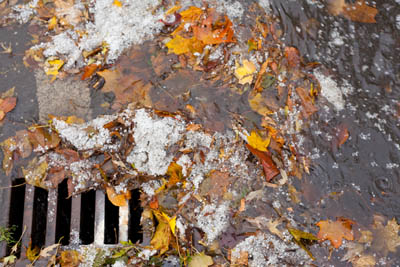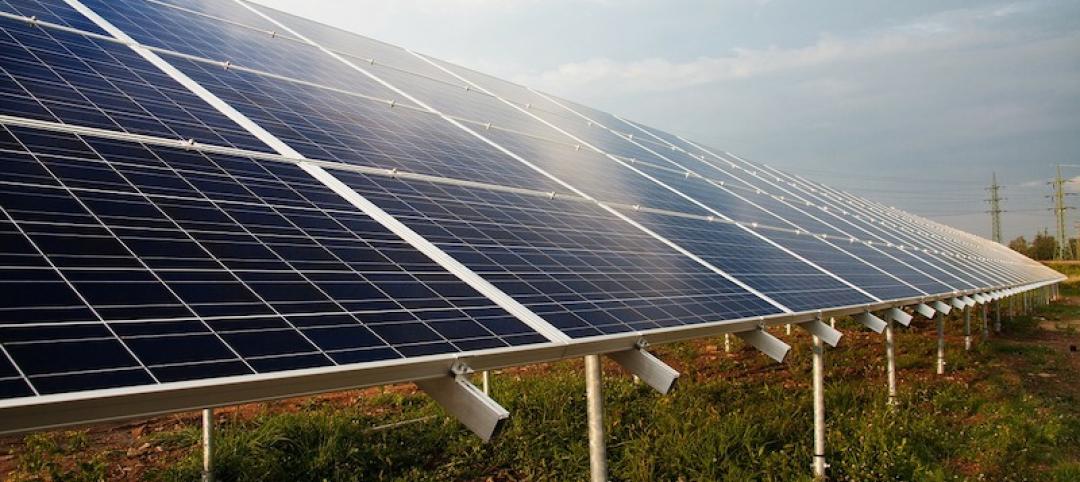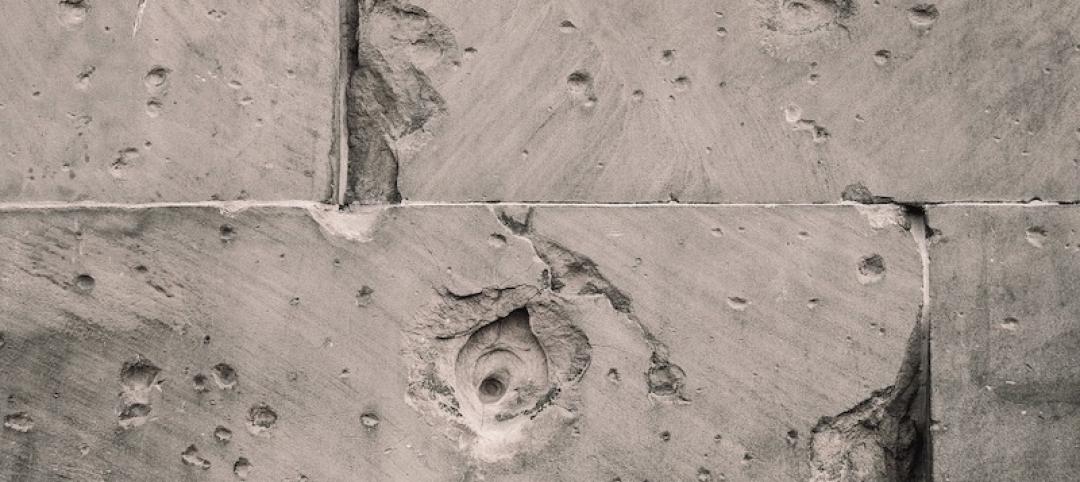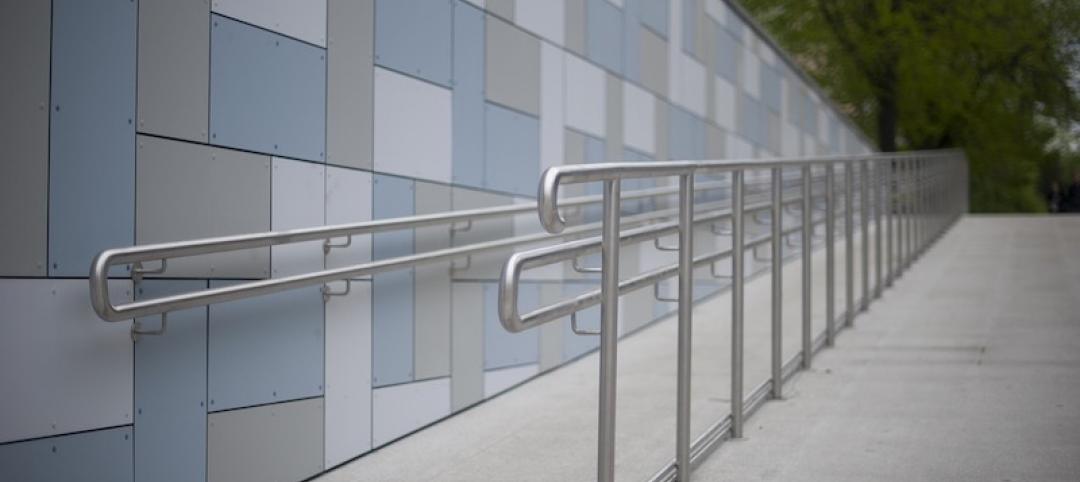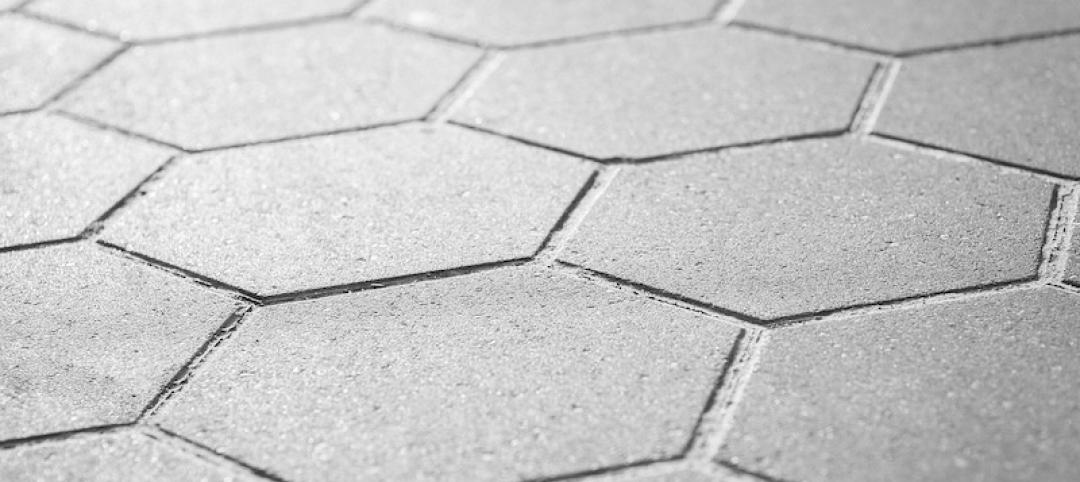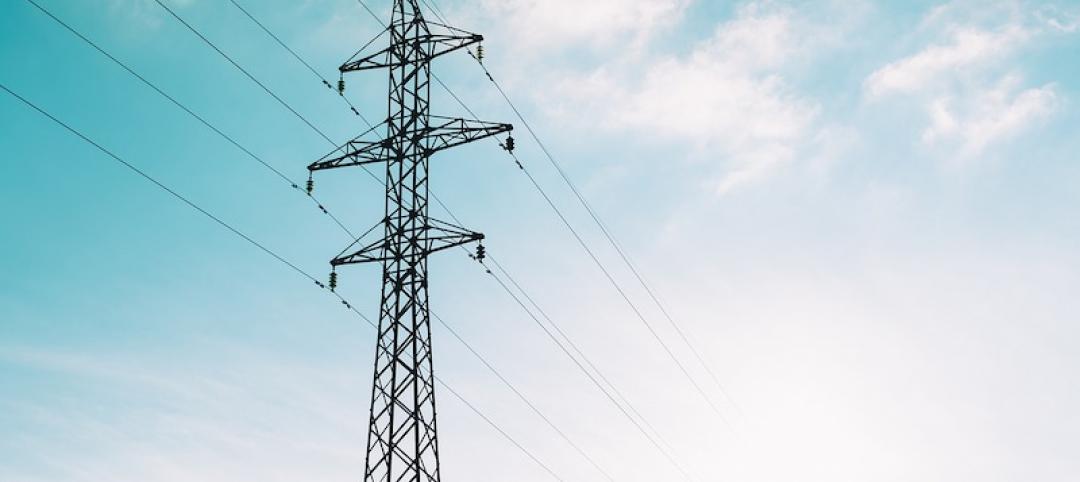The Northeast Ohio Regional Sewer District that serves the Cleveland area will allocate $650,000 of state funds for a grant program to pay private developers to use green elements for managing increased stormwater runoff from a road project. The sewer board also allocated $250,000 to build green infrastructure to help absorb rainwater throughout its area.
The district previously set aside $3 billion for “Project Clean Lake,” a federally mandated program to reduce rainwater and sewage that empty into Lake Erie. The district had been criticized for giving just minimal consideration to potentially less-costly and more aesthetically pleasing green solutions to stormwater runoff.
The district’s intent to use natural features to absorb stormwater reflects an urban trend that other cities including Philadelphia and Detroit have embraced.
In Cleveland, the green approach will be used to mitigate runoff from the $331 million Opportunity Corridor that will connect Interstate 490 with University Circle. The road expansion will require demolition of four homes and three businesses, and is expected to produce 600,000 gallons of runoff.
(http://www.cleveland.com/drain/index.ssf/2014/03/northeast_ohio_regional_sewer.html)
Related Stories
Codes and Standards | Oct 28, 2019
U.S. military demands landlords address health hazards in troop housing
Air Force threatens formal dispute process.
Codes and Standards | Oct 24, 2019
ASHRAE design contest winners demonstrate building resilience
Model building, a city hall, could operate without utility service for two weeks.
Codes and Standards | Oct 22, 2019
Efficient material design, low-carbon concrete are critical to cutting GHG emissions in construction
Enhancing building utilization and reusing materials also aid carbon reduction.
Codes and Standards | Oct 21, 2019
Historic properties not exempt from Americans With Disabilities Act
Some exceptions do apply.
Codes and Standards | Oct 18, 2019
St. Louis could save $61 million per year in energy costs by improved building performance
GHG gases can be reduced by at least 11% with upgrades to public buildings and large private buildings.
Codes and Standards | Oct 17, 2019
Slow payments cost GCs and subs $64 billion annually
Study finds 51-day average payment turnaround.
Codes and Standards | Oct 16, 2019
Cool pavement can make people hotter
Reflective coatings channel sunlight raising temperatures where pedestrians walk.
Codes and Standards | Oct 15, 2019
Utah adopts 2018 International Energy Conservation Code
Provisions include increased building envelope performance and reduced air infiltration.
Codes and Standards | Oct 14, 2019
States continue to beef up energy efficiency codes
ACEEE 50-state scorecard finds latest IECC code gaining adherents.
Codes and Standards | Oct 9, 2019
DOE releases Better Buildings Healthcare Financing Primer
Outlines financial strategies to implement energy-efficiency projects in healthcare.


